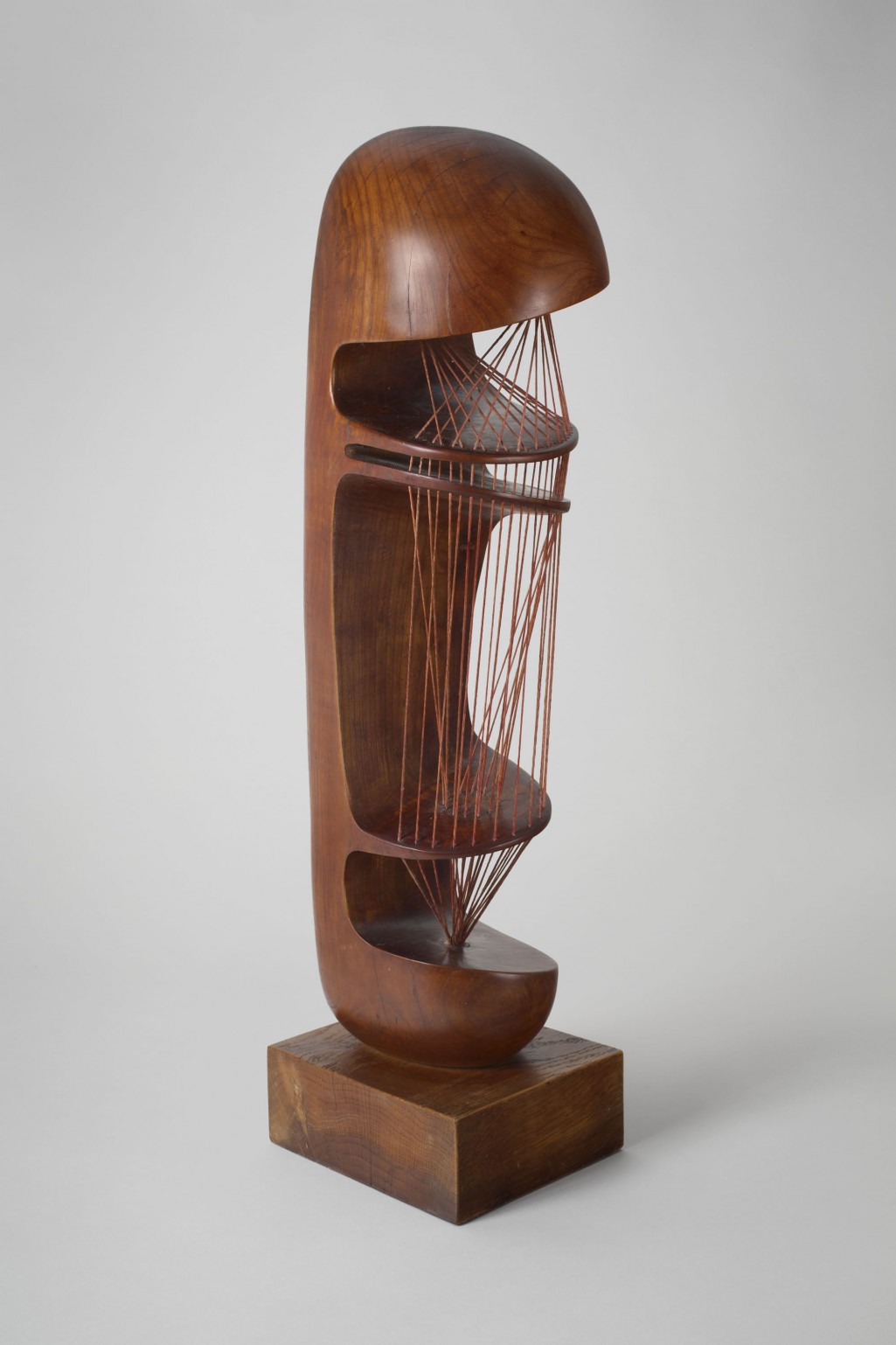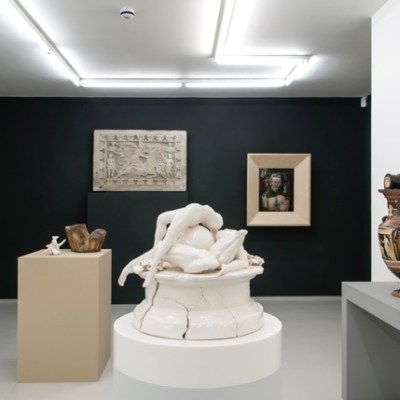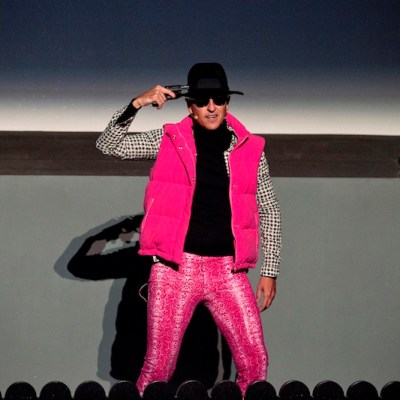From the November issue of Apollo: preview and subscribe here
Working at the Hirshhorn Museum in Washington, D.C., I have had exceptional opportunities to study and research sculptures by many artists, such as Jean Arp, Alexander Calder, Joseph Cornell, Alberto Giacometti, Barbara Hepworth, Henry Moore, Isamu Noguchi, and David Smith. Over the years, I have repeatedly been surprised that books and exhibitions on Surrealism often omit their three-dimensional works – barring those by Giacometti – as if they were too tangential to warrant serious consideration.
To some extent this omission has arisen from the fact that the movement, like most ‘-isms’ in modern art, came to prominence in Paris. Subsequent scholars and curators tended to accept this Francophile emphasis, despite the fact that Surrealism was, from the outset, an avowedly international movement. Specific interactions have been documented by experts on individual artists in certain countries, notably Belgium, Britain, Germany, Switzerland, and the United States. More egregious has been the narrow focus on only one kind of Surrealist sculpture: found-object assemblages, such as Salvador Dalí’s Lobster Telephone (1936). Yet there had always been another, equally significant approach in Surrealism: organic abstraction, now known as biomorphism.
In 2010–11, I conceived of ‘Marvelous Objects: Surrealist Sculpture from Paris to New York’ (at the Hirshhorn until 15 February 2016), an exhibition and publication that would attempt to present a broader history of Surrealist sculpture. I envisioned a dialectic between the two seemingly antithetical trends – objects and biomorphs – that had, in fact, originated outside France in Dada art and evolved in tandem. Both modes were exhibited together in the 1920s and ’30s, were avidly collected, and eventually entered mainstream aesthetics.
Another goal was to unite the usually separate histories of Surrealist sculptors in Paris, London, and New York. The period was characterised by the overt internationalisation of art, made possible by efficient transatlantic travel, widespread distribution of art publications, and a new sense of transnational collegiality. Art historians had previously assimilated the narrative of how Surrealist practices provided a catalyst for the birth of Abstract Expressionist painting, but a similar account for sculptures was distinctly lacking. To me, whether or not an artist was officially affiliated with Surrealism is less important than how a sculptor adapted, developed, and transformed the movement’s core ideas, practices, and intentions in their own unique ways.
As I travelled extensively to consult scholars on individual artists, I was surprised and encouraged by their interest and kindness in sharing information and suggesting further sources, particularly regarding the artists who had developed biomorphic aesthetics. Discovery followed discovery, especially in relation to Arp’s pivotal role in Paris, where his arrival in early 1925 triggered demonstrable changes in the art of Max Ernst, Joan Miró, Henry Moore, Barbara Hepworth, Yves Tanguy, and even Pablo Picasso. Historians of British sculpture – notably Dawn Ades, Jennifer Mundy, Chris Stephens, and Anita Feldman – have produced excellent research on Moore’s involvement with Surrealism, but their publications are sadly not as well known as they deserve to be outside the UK. And when a curator at the Centre Pompidou in Paris derisively dismissed Moore, Noguchi, Smith, and other biomorphic sculptors as unimportant, I felt emboldened to expand their role in ‘Marvelous Objects’.
Another exciting discovery was the possibility of a deliberate, if muted, feminist response to the increasingly sexualised tendencies of Surrealist art in the late 1930s. Hans Bellmer’s disturbing photographs of The Doll confronted audiences with images of a headless, limbless, and helpless girl-woman mannequin. In what seems to me a clear rebuttal, Claude Cahun and other women photographers composed images of dolls as emblems of childhood nostalgia, innocence, and playfulness. A gallery displaying Bellmer’s and Cahun’s photographs face-to-face in ‘Marvelous Objects’ occupies only a small space, but represents a big statement.
With American artists, perhaps the greatest revelation was how extensively Smith addressed Surrealism in his own works. In addition to studying Sigmund Freud’s theories, he saw new possibilities in certain innovations by Giacometti and others (such as the idea of sculpture as metaphorical landscape). Smith continued this pursuit well into the 1950s, providing a crucial link between Surrealism and American post-war abstraction.
Only time will tell whether the curatorial rationale for ‘Marvelous Objects’ will succeed, even partially, in bringing a more inclusive balance to canonical histories of Surrealist art. Regardless of the critical outcome, the project was undoubtedly a risk worth taking.
Marvelous Objects: Surrealist Sculptures from Paris to New York is at the Hirshhorn Museum and Sculpture Garden until 15 February 2016



